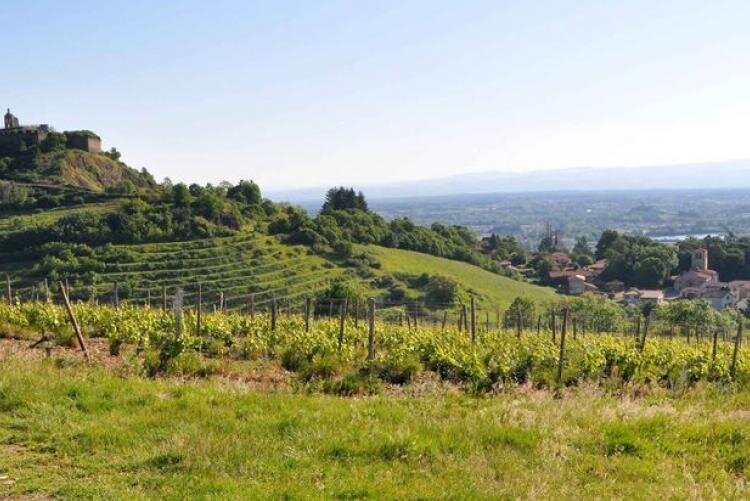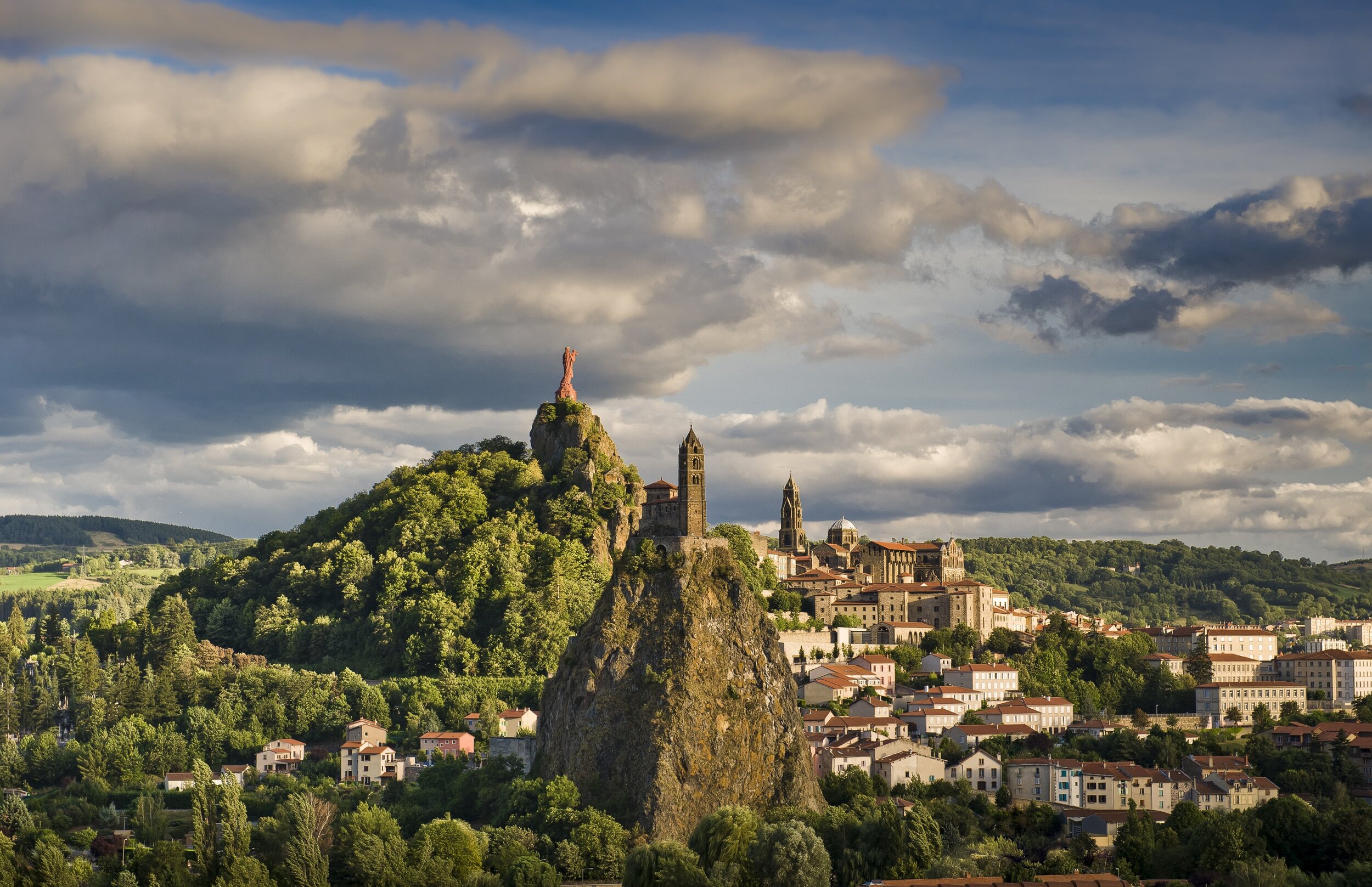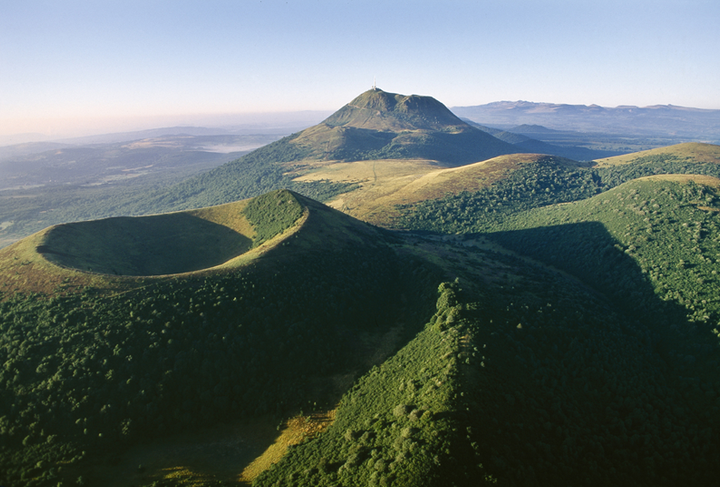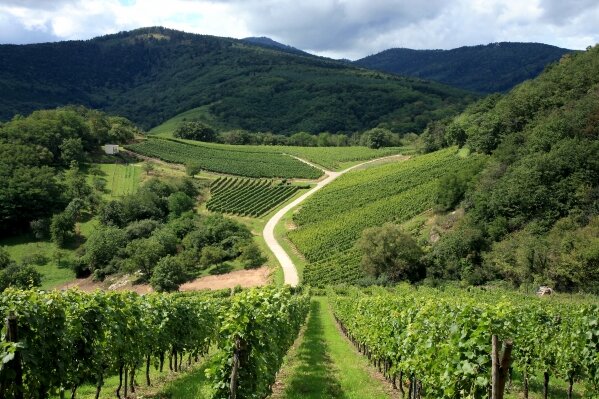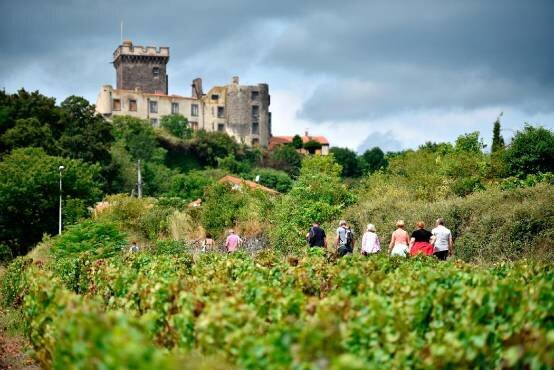Loire Valley: Wine Regions & Brief History
There are so much more to Loire than meets the eye.
The Loire Valley vineyard’s position in France, river and tributaries
For centuries, the wines of Loire have inspired enthusiasm in the wine community. Could it be the region’s remarkable role in France’s history? Its diverse climates and soils? The tender and vivid quality of its wines? Its natural wine movement?
Learning about the history and wine appellations of Loire will provide the foundational knowledge and help us understand the the region’s position in the world of wine.
Loire has a major role in France’s history and a cradle of the modern French culture with Latin and Celtic-Germanic influences tracing back to the Middle Ages.
Like many wine regions in Northern France, viticulture in Loire was
initiated by the Romans,
spread by the monks,
commercialized by the rivers, and
popularized by the kings and queens.
The beauty of Loire, its mild weather, beautiful scenery, and lush forests had attracted kings, nobilities, and bankers to build vacation castles and hunting lodges along the River. Better yet, the region’s proximity to Paris, is also far enough for a getaway with their mistresses!
If there were one takeaway from watching the Games of Thrones, it was to prove that the royalties loved their wines. To meet the demand, wineries flourished, with increasing focus on quality to suit the royal palates.
Now, let’s dive into the wine region.
The Loire is the longest river in France (1012km; equivalent to running 24 marathons!) with the second largest discharge after the Rhone River.
It flows north from the Mont Gerbier de Jonc in the Massif Central towards Orléan where the river matures, makes a left turn, and heads west through Tours, Saumur, Angers, and Nantes before it joins the Atlantic ocean. Along the way, there are vineyards, châteaux, forests, and a chance for goblins and unicorns sighting.
Photos below show us the enchanting source or the Loire River at Mont Gerbier de Jonc… where fairytales and Medieval dreams are made of.
There are four viticultural sections in the Loire valley with distant climate, soils, and grape varietals.
1. Upper Loire
Upper Loire is a region no one talks about… but it might all about to change. It is home to some very interesting wines, including the volcanic kind which are getting trendier than ever before.
Situated in the heart of France, this region is known for its volcanic landscape, mineral water (Volvic), gastronomy, and Michelin Tires.
Geographically, the Upper Loire is closer to the Northern Rhone, Beaujolais, and South Burgundy than it is to the rest of the other Loire regions. As you may deduce, Upper Loire grape varietals are mostly Burgundian: Chardonnay, Gamay, and Pinot Noir.
Syrah too! But only under the Puy de Dome IGP, an appellation that is increasingly trendy and well-embraced by the rule-breaking oeno-rebels.
Along the Loire River
Côtes du Forez
Côtes Roannaise
And along the L’Allier River, one of Loire’s tributaries
Côtes d’Auvergne AOC
Saint-Pourçain AOC
And Puy de Dome IGP being the declassified zone.
This region is close to my heart because it is where my partner is from – a beautiful man from a beautiful place – haha! This being said, we will deep dive into this Loire’s best-kept-secret another time.
The river continues to travel north into Centre Loire territory, where vineyards are back in sight 200km past Nevers.
To dive deeper into the Upper Loire by visiting this article.
2. Centre Loire
Home to the famous Sancerre and Pouilly-Fumé, land of the nervy Sauvignon Blanc and elegant Pinot Noirs, the physical location of Centre Loire almost looks like an extension of the Grand Auxerrois (Bourgogne).
It is no surprise that Kimmeridgian soil can be found in some vineyards, yielding wines that display a familiar Burgundian elegance.
Along the Loire River
Menetou-Salon
Sancerre
Pouilly-Fumé / Pouilly-sur-Loire
Coteaux de Giennois
Along the Cher River
Quincy
Reuilly
Between the Cher and Indre Rivers
Châteaumeillant
3. Middle Loire
The River takes a left turn at Orléan westwards where we enters a mosaic of soils and climats with Chenin Blanc and Cabernet Franc claiming the grape throne. We need a dedicated article to discuss this vast and diverse area in detail.
Touraine
There are 26 appellations within the Touraine AOC. This region is home to Loire’s red wine production dominated by Cabernet Franc, as well as their tender sparkling wines made from primarily Chenin Blanc. Five river tributaries join the Loire River contribute to a diversity of soils, landscapes, and microclimates.
Saumur / Anjou
Majority of the Saumur vineyards sits on calcium-rich Turonian chalk which made the region especially suitable for sparkling wines made of Chenin Blanc (often blended with some Chardonnay). In fact, Saumur is the largest sparkling wine producer in the Loire Valley! Serious reds made from Cabernet Franc can be found in the warmer areas like Saumur-Champigny.
Dominated by off-dry rosé, Anjou has 19 appellations which includes the sweet wine regions along the Layon river.
4. Lower Loire
A lot of us may have heard of the Nantais wine region for their mineral-forward Muscadets, but there is a less-known southern extension of the Lower Loire name Fiefs Vendéens that you may not have heard of. Due to the maritime influence here, the wines are usually lower in alcohol but higher in acidity.
Pays Nantais
There are 5 appellations dedicated to Muscadets (grape), one to Gros Plant (also grape), and one 3 appellations under the Coteaux d’Ancenis umbrella right before enter Middle Loire territory.
Fiefs Vandéens
Red, white and rosé wines have been made in the region since the Roman times. Today, more viticultural decisions are driven by terroir and take advantage of the region’s cool maritime climate.
There is a lot more to discover within the Loire Valley. In the next months, we will dive into each subregion and the different climates, grape varietals, and soil types associated to each place.




